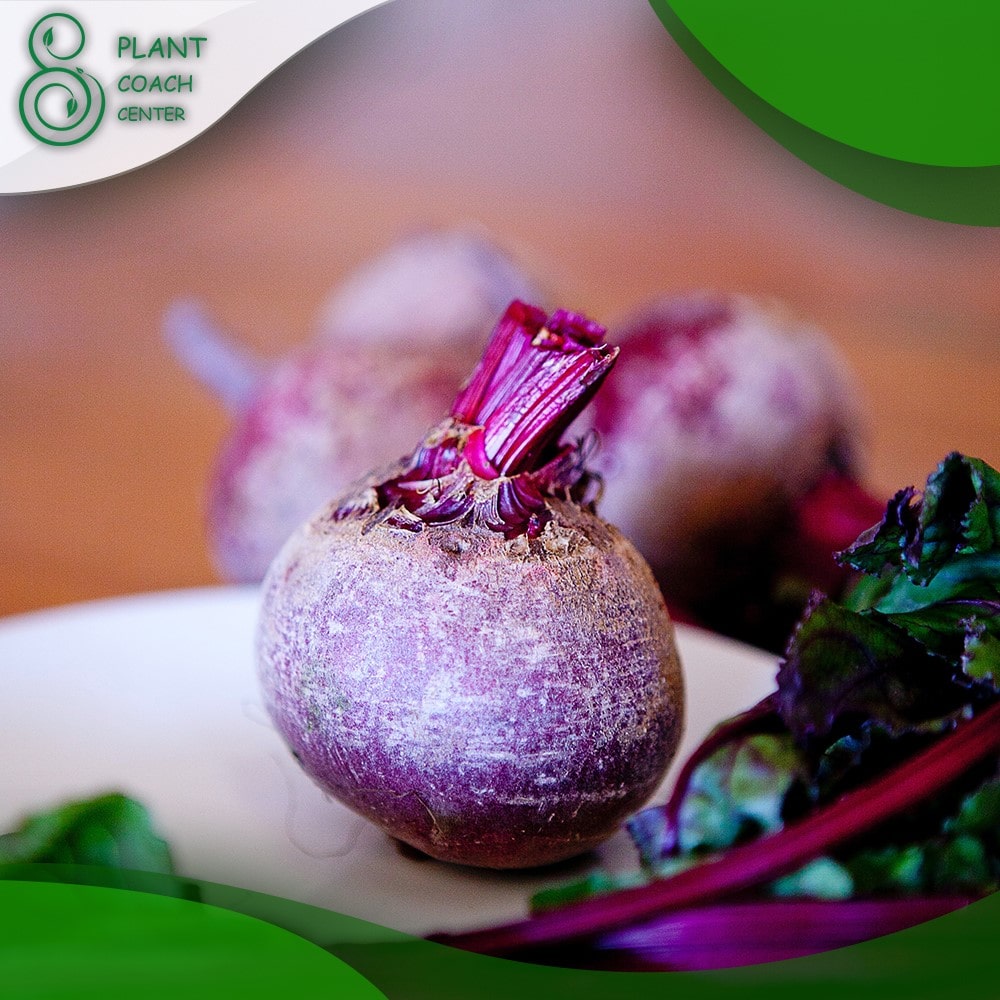When to Grow Beetroot?
Welcome to the vibrant world of beetroot cultivation, where the earth’s humble offerings transform into ruby jewels beneath the soil’s surface. In gardening, few experiences rival the thrill of nurturing beetroot from tiny seeds to hearty, colorful roots bursting with flavor and nutrition.
Whether you’re a seasoned gardener seeking to elevate your culinary adventures or a novice green thumb embarking on your first planting endeavor, mastering the art of growing beetroot requires a keen understanding of timing.
As we peel back the layers of knowledge, we’ll uncover the secrets to perfect planting times, delve into the intricate dance between soil and seed, and bask in the delight of a successful harvest. Join us on this journey through the seasons as we unravel the enigma of “when to grow beetroot,” arming you with insights that will ensure your beetroot patch becomes a thriving tapestry of earthy delights.
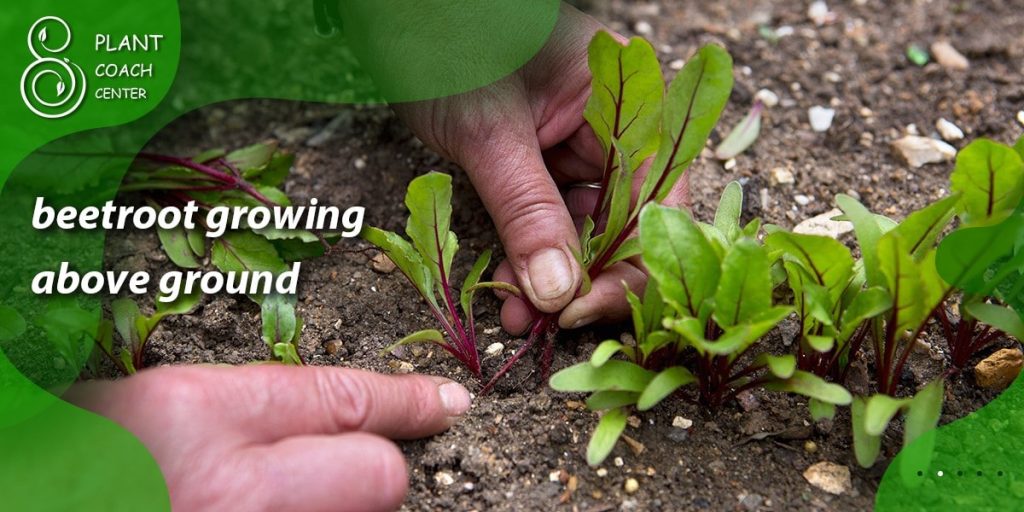
Beet the Season: Understanding Optimal Planting Times
As you step into the world of beetroot cultivation, timing plays a pivotal role in determining the success of your harvest. The key to a thriving beetroot patch lies in choosing the right planting season, which can significantly impact your yield’s growth, flavor, and overall quality.
Spring Splendor
Spring is often hailed as an ideal time to sow beetroot seeds. The soil becomes more receptive to seeds as the ground begins to warm up after the frosty winter. Planting in spring ensures that the young beetroot plants have ample time to establish themselves before the heat of summer sets in. This leads to healthier root development and a sweeter, more tender taste. Remember that while beetroots are relatively cold-tolerant, waiting until the soil temperature reaches around 50°F (10°C) before sowing is best.
Summer Strategies
Consider summer planting if you’re in a region with cooler summers. However, the key to successful summer beet cultivation lies in strategic planning. Opt for more heat-resistant varieties and provide ample moisture to combat the drying effects of the sun. Consider partial shade to shield the plants from intense afternoon sunlight. Additionally, staggered plantings throughout the summer can extend your harvest window and prevent a glut of beetroots all at once.
Fall Fascination
Fall holds its own charm for beetroot enthusiasts. As temperatures cool, the earth’s embrace becomes more inviting for beetroot seeds. Fall planting allows the roots to mature in milder conditions, often resulting in more decadent flavors and vibrant colors.
Just be sure to calculate the days to maturity for your chosen beetroot variety and count backward from the average first frost date in your area. This will help you time your planting accurately to avoid frost damage to your crop.
Soil Secrets: Preparing the Perfect Bed for Beetroot
Beneath the surface of successful beetroot cultivation lies a well-prepared soil bed, teeming with nutrients and structured for optimal growth. The quality of your soil sets the stage for the health and vibrancy of your beetroot crop, making soil preparation a crucial step in your gardening journey.
Choosing the Right Soil
Beetroot thrives in well-draining soil rich in organic matter. A sandy loam or loamy soil type is often the go-to choice, providing the proper drainage and water retention balance. If your soil tends to be heavy and clayey, consider amending it with compost or well-rotted manure to improve its structure and drainage capabilities.
pH Matters
Soil pH plays a significant role in plant nutrient availability. Beetroot prefers a slightly acidic to neutral pH range of 6.0 to 7.5. Testing your soil’s pH and adjusting it if necessary ensures that your beetroots can efficiently absorb essential nutrients. Lime can be added to raise pH, while sulfur or peat moss can lower it.
Enriching the Soil
Before planting, incorporate organic matter into the soil to boost fertility. Compost, aged manure, and well-decomposed plant material are excellent choices. These additions provide essential nutrients and improve soil structure, aeration, and water-holding capacity.
Preparing the Bed
Begin by clearing the weeds, rocks, and debris area. Loosen the soil to a depth of about 8 to 10 inches (20 to 25 cm) using a garden fork or tiller. Avoid over-tilling, as it can lead to compacted soil. Raking the bed smooth and level creates an inviting environment for your beetroot seeds or seedlings.
Mulching Magic
Once your beetroot plants are established, consider applying a layer of organic mulch. Mulch helps conserve soil moisture, suppress weed growth, and maintain consistent soil temperature. Straw, shredded leaves, or compost make excellent choices for mulching your beetroot bed.
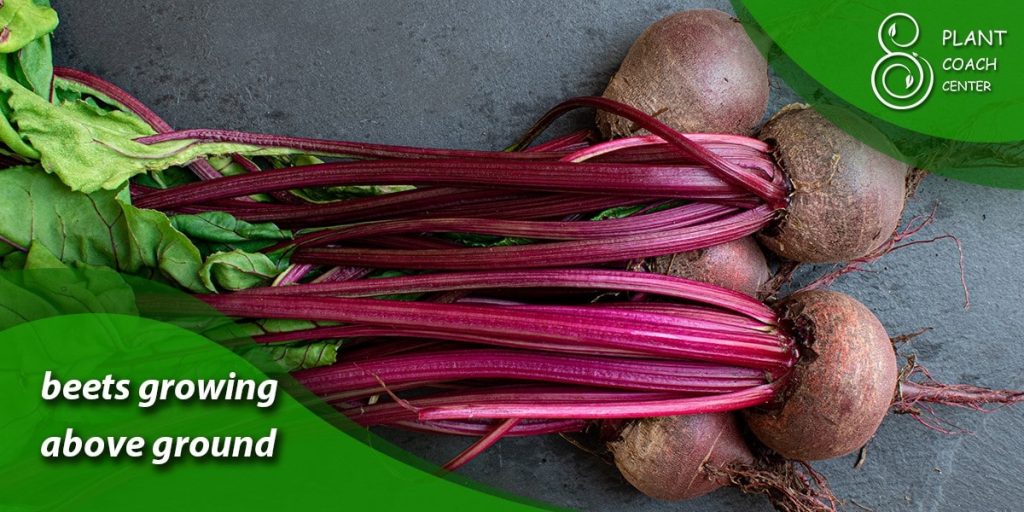
Germination Glory: Starting Beetroot from Seeds
Embarking on the journey of growing beetroot from seeds is like witnessing the birth of a vibrant culinary masterpiece. Successfully germinating beetroot seeds sets the stage for a bountiful harvest of earthy delights. Whether you’re a beginner or an experienced gardener, mastering the art of germination can make all the difference in your beetroot-growing endeavors.
Choosing Quality Seeds
The first step in germination success begins with selecting high-quality beetroot seeds. Look for seeds from reputable suppliers within their recommended planting date range. Opt for fresh seeds, as their viability decreases with age.
Timing is Key
The timing of sowing beetroot seeds is essential. As a cool-season crop, beetroot thrives when sown in early spring or late summer for a fall harvest. Prepare the soil by loosening it and creating a fine seedbed. Sow the seeds about 1/2 to 1 inch deep and space them according to the seed packet instructions, usually around 2 to 4 inches apart in rows.
Patience and Consistency
After sowing, maintain consistent moisture to aid germination. This is crucial, as dry conditions can lead to poor seed sprouting. Exercise patience while waiting for the sprouts to emerge, as beetroot seeds may take around 7 to 14 days to germinate, depending on soil temperature.
Thinning for Success
Once the seedlings have emerged and grown their first true leaves, it’s time to thin them. Thinning is the process of removing excess seedlings to provide ample space for the remaining ones to grow. Aim for a spacing of about 3 to 4 inches between seedlings to allow room for proper root development.
Nurturing Young Seedlings
Be attentive to their needs as the seedlings grow. Maintain consistent moisture, but avoid overwatering, as beetroot doesn’t like waterlogged soil. Fertilize lightly with a balanced, all-purpose fertilizer to give young plants essential nutrients.
Transplanting Seedlings
If you choose to start seeds indoors for an earlier start, use biodegradable pots that can be planted directly into the ground to minimize root disturbance during transplanting. Transplant seedlings outdoors after the danger of frost has passed and when they have at least two sets of true leaves.
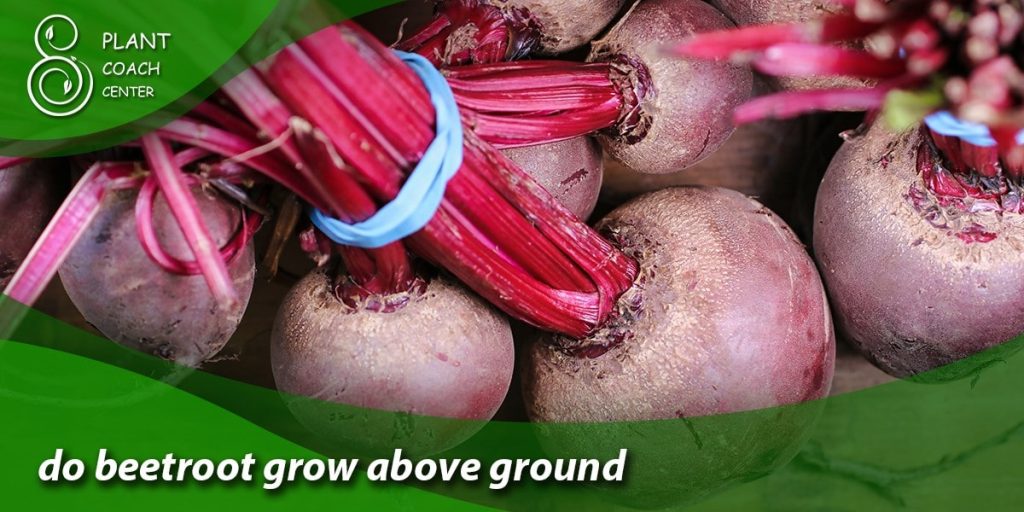
The Thrill of Thriving: Beetroot Care and Maintenance
Once your beetroot seeds have sprouted and the young seedlings have taken root, the journey is far from over. The true magic of growing beetroot lies in the ongoing care and nurturing that ensures your plants thrive and yield a bountiful harvest. Let’s delve into the art of beetroot care and maintenance, from watering techniques to fending off potential pests.
Watering Wisdom
Proper watering is a cornerstone of successful beetroot care. Keep the soil moist but not waterlogged, as excessive moisture can lead to rot. A good rule of thumb is to provide about 1 to 1.5 inches of water per week through rainfall or irrigation. Mulching can help retain soil moisture and prevent weed growth, maintaining an optimal environment for your beetroot plants.
Feeding for Growth
While beetroot doesn’t require heavy feeding, providing the proper nutrients is essential for robust growth. Apply a balanced, all-purpose fertilizer about a month later when thinning the seedlings again. Be cautious not to over-fertilize, as this can result in lush foliage at the expense of root development.
Thinning for Success
As your beetroot seedlings grow, thin them to the recommended spacing to allow each plant ample room to flourish. Use scissors or garden shears to snip off the excess seedlings at ground level rather than pulling them out, as this minimizes disturbance to the remaining plants.
Pest Patrol
Watch for potential pests that might target your beetroot plants. Aphids, leaf miners, and flea beetles are some common culprits. Regularly inspect the leaves and stems for any signs of infestation. If you spot pests, consider using natural remedies like neem oil or introducing beneficial insects to help control the population.
Disease Defense
Beetroot is relatively disease-resistant, but fungal infections like powdery mildew can still occur, especially in humid conditions. Provide adequate spacing between plants to ensure good airflow, and avoid overhead watering to minimize moisture on the foliage.
Harvesting Delight
The reward of your care and efforts comes with the harvest. Beetroot can be harvested when they reach the desired size, usually around 1.5 to 3 inches in diameter. Gently loosen the soil around the base of the plant and carefully lift the roots. Remember to enjoy the tender beet greens, which can be harvested as soon as they’re large enough to eat.
A Spectrum of Varieties: Choosing the Right Beetroot for Your Garden
In the realm of beetroot cultivation, diversity reigns supreme. From the classic deep red orbs to golden and candy-striped alternatives, the world of beetroot offers a spectrum of colors, flavors, and textures waiting to grace your garden and plate. Choosing the suitable beetroot variety for your garden is like selecting from a palette of culinary delights, each with unique characteristics and potential uses.
Classic Red Beauties
The quintessential red beetroot is a staple in many gardens. Known for its earthy flavor and vibrant hue, red beets are versatile in the kitchen. They can be roasted, boiled, pickled, or enjoyed raw in salads. Varieties like “Detroit Dark Red” and “Bulls Blood” are popular choices that deliver consistent and reliable results.
Golden Treasures
If you want to add sunshine to your garden, consider growing golden beetroot. These beets have a milder, sweeter flavor than their red counterparts and retain their vibrant color even after cooking. “Burpee’s Golden” and “Touchstone Gold” are prized varieties that can elevate both your garden aesthetics and culinary creations.
Candy-Striped Delights
For an artistic twist on the traditional beet, candy-striped or Chioggia beets steal the show. Their stunning pink and white concentric rings create a visual spectacle, making them a favorite for salads and garnishes. The mild, slightly sweeter taste adds another layer of appeal. “Chioggia” and “Bull’s Blood Beet Mix” are top choices for those seeking a pop of color on their plates.
Nutrient-Packed Greens
Beyond the roots consider the nutritious and flavorful beet greens. Varieties like “Bull’s Blood” are known for their stunning red leaves, adding both aesthetic and culinary value. These greens can be used in salads, sautéed, or added to smoothies for an extra boost of vitamins and minerals.
Planting for Diversity
To fully embrace the spectrum of beetroot varieties, consider planting a mix of colors in your garden. This not only adds visual interest but also expands your culinary possibilities. Beets are relatively easy to grow, and planting a variety of types allows you to experiment with different flavors and preparations.
Harvesting the Rainbow
Relish in the colors you’ve cultivated when it’s time to harvest. Each beetroot variety offers a unique taste experience, inspiring creativity in the kitchen. Whether you’re roasting, fermenting, or enjoying them fresh, the diverse range of beetroot varieties ensures a flavorful journey from garden to table.
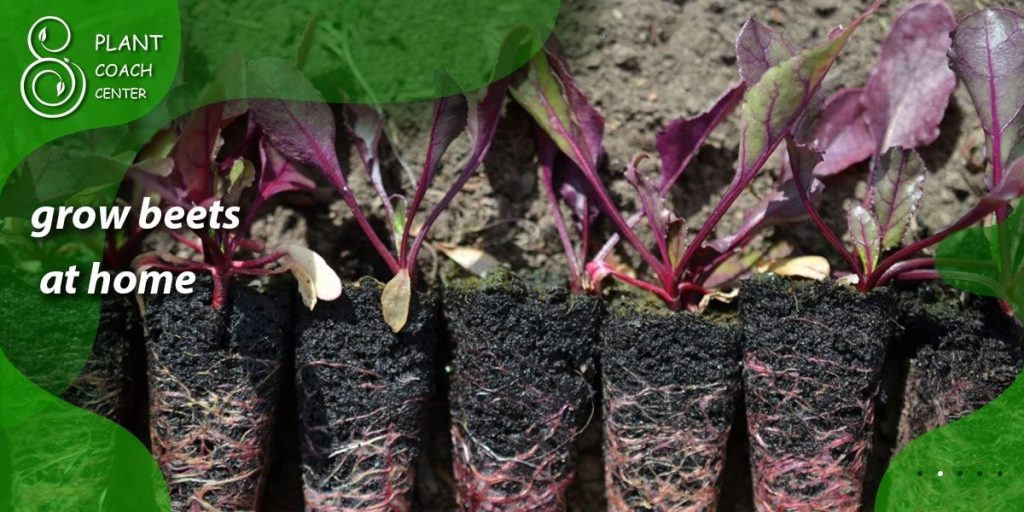
Harvesting Happiness: Signs of Ripeness and Proper Harvesting
The moment of truth in your beetroot journey arrives when it’s time to harvest the fruits of your labor. Recognizing the signs of ripeness and employing the proper techniques for harvesting ensure that your beetroot reaches its full potential in flavor and texture. As you step into the garden armed with anticipation, here’s a guide to help you navigate the art of beetroot harvest.
Size Matters
Beetroot comes in various sizes, but the ideal size for harvesting is typically around 1.5 to 3 inches in diameter, depending on the variety. Beets that are too small may lack full flavor and be challenging to peel and prepare, while those that are too large could have a woody texture.
Visible Shoulders
Gently brush away the soil from the top of the beetroot to check for visible shoulders. The shoulders are the portion of the beet that emerges above the soil line. When the shoulders are about 1 to 2 inches in diameter and feel slightly raised and firm, the beetroot is ready for harvest.
Firmness Test
Gently squeezing the beetroot is another reliable way to determine ripeness. A ripe beetroot should feel firm but not rock-hard. If it feels soft or spongy, it might be overripe or damaged.
Leaf Check
Pay attention to the condition of the beet greens. If you’re growing beets for their roots, you can harvest the greens at any point for added culinary enjoyment. However, if you’re focused on the roots, ensure the leaves are still vibrant and healthy, indicating that the plant is still actively photosynthesizing and supporting root growth.
Harvesting Techniques
To harvest beetroot, use a small garden fork or a trowel to gently loosen the soil around the base of the plant. Carefully lift the beetroot from the ground, holding the greens near the crown to avoid damaging the root. Trim the greens to about an inch above the crown, leaving a small “tail” intact to prevent bleeding of color during cooking.
Storage and Enjoyment
Once harvested, remove excess soil and store your beetroot in a cool, dark, and well-ventilated place. Beetroots can be stored for several weeks, depending on the variety. Use the tender beet greens, which can be cooked or added to salads, for a nutritious and flavorful touch.
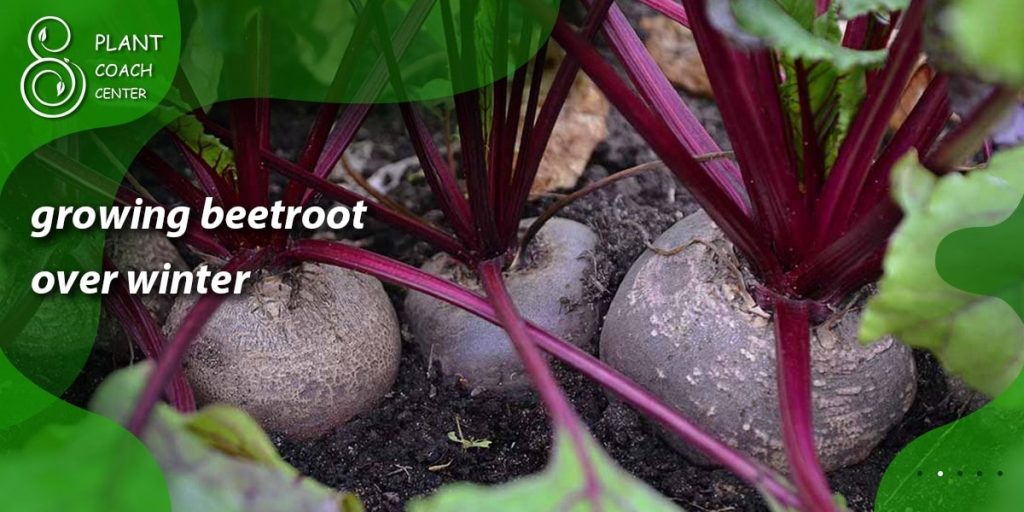
Conclusion
In the enchanting world of beetroot cultivation, from selecting the perfect variety to nurturing its growth and savoring the harvest, every step is a testament to the artistry of gardening. As you embark on your journey with beetroot, let the diverse colors and flavors paint your garden canvas and culinary creations.
Remember, the rhythm of seasons, the nuances of soil, and the rewards of care all converge to bring beetroot from seed to plate. For more tips, inspiration, and a vibrant community of fellow gardeners, explore the resources at plantcouchcenter.com. So, whether you’re a passionate green thumb or a curious beginner, may your beetroot adventure be a source of joy, learning, and delicious beetroot dishes that grace your table with nature’s finest offerings.
When should I plant beetroot?
Spring and late summer are ideal for planting beetroot.
How do I know when beets are ready to harvest?
Harvest when they're 1.5-3 inches in diameter and have firm shoulders.
Can I eat beet greens?
Yes, beet greens are edible and nutritious.


